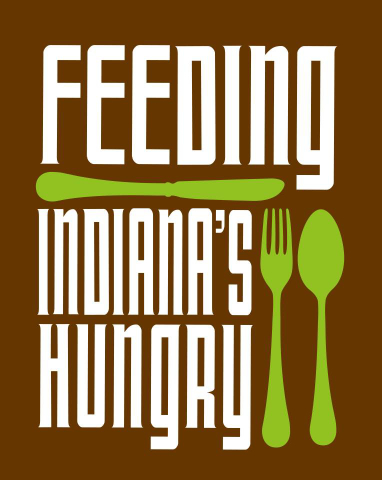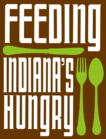Families encouraged to apply or reapply at any time
Indianapolis, IN – As Hoosier children head back to school after the winter holiday, officials with Feeding Indiana’s Hungry, Inc. and the Indiana Chapter of the National Association of Social Workers encourage parents to assess the family’s situation and consider applying or reapplying for free and reduced lunch for their school-aged children. This is particularly important if the family’s financial situation has changed or the family has grown since they last applied.
“Most free and reduced lunch outreach occurs at the beginning of the school year, but many do not realize that families can apply, or reapply, anytime during the school year by contacting the school office for an application,” said Josephine Hughes, executive director of the Indiana Chapter of NASW, an organization that includes school social workers in its membership. “With the changes occurring in our economy and many families being affected by the recession, it’s important that families experiencing hardships ensure their children are being well-fed during the school day while saving resources for other family expenses.”
“Additionally, children from households participating in SNAP (previously called food stamps) or Temporary Assistance for Needy Families (TANF) can be directly certified for free school meals. Schools currently are required to process direct certification at the beginning of the school year, but if administrators can take the time to directly certify during the course of the school year more eligible children could be reached,” said Emily Weikert Bryant, executive director of Feeding Indiana’s Hungry, Inc., the statewide food bank association.
Children from families with incomes at or below 130 percent of the federal poverty level ($2,289 monthly for a family of four) qualify for free meals, while children from families with incomes between 130 percent and 185 percent of the poverty line ($3,400 a month for a family of four) may receive school meals at a reduced price of no more than 40 cents per lunch. Additionally, some schools in Indiana have school breakfast programs children may participate in as well. Children who qualify for free or reduced meals are not publicly identified in any way.
“Insufficient nutrition puts a child at risk for illness, in jeopardy for developmental risk, and affects his or her cognitive and behavioral development. Additionally, children from food insecure households are likely to be behind in their academic development compared to other children,” said Bryant. “Participation in the school lunch program provides children with a higher average intake of nutrients, lower intake of added sugars, and they are more likely to consume milk, vegetables, meat and other protein-rich foods than non-participants.”



